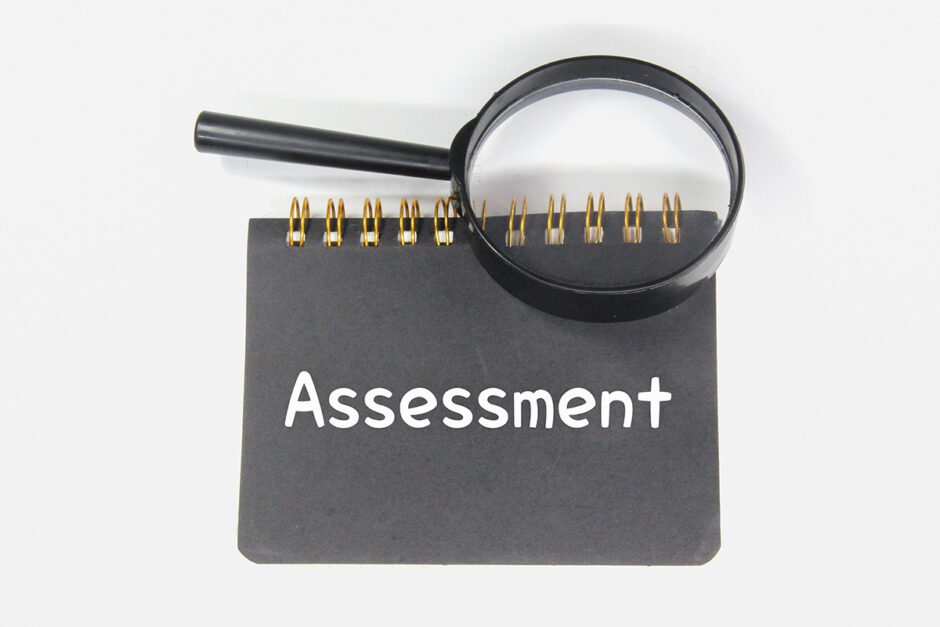Odour Assessments : Ensuring Environmental Compliance and Quality of Life
Odour assessments play a crucial role in identifying, quantifying, and mitigating potential odour nuisances that may arise from various sources, such as commercial kitchens, waste treatment facilities, and industrial processes.
In the realm of urban development and industrial projects, ensuring environmental compliance and maintaining the quality of life for residents is paramount. One often overlooked aspect of this is odour management.
In this article, we delve into the significance of odour assessments, with a specific focus on commercial kitchen odour assessments, and how Arden Assessment can assist in ensuring a harmonious coexistence between businesses and communities.
Understanding the Importance of Odour Assessments
Odour, although intangible, can have a tangible impact on both the environment and human health. Off-putting odours not only diminish the quality of life for nearby residents but can also lead to complaints, regulatory fines, and even legal actions against businesses. Moreover, odour emissions can adversely affect air quality and contribute to pollution, further exacerbating environmental concerns.
Conducting odour assessments is essential for several reasons:
Regulatory Compliance: Many jurisdictions have regulations in place that limit odour emissions from commercial establishments. Odour assessments help businesses ensure compliance with these regulations, avoiding potential penalties and reputational damage.
Community Relations: Businesses operating near residential areas have a responsibility to mitigate any odour nuisances that may affect nearby residents’ quality of life. Odour assessments aid in identifying potential sources of odour emissions and implementing measures to minimize their impact, fostering positive community relations.
Environmental Protection: Odour emissions can indicate the presence of other pollutants in the air, such as volatile organic compounds (VOCs) and particulate matter. By assessing and controlling odour emissions, businesses contribute to overall environmental protection and sustainability efforts.
Commercial Kitchen Odour Assessments: Addressing Specific Challenges
Commercial kitchens present unique challenges in odour management due to the variety of cooking methods, ingredients, and ventilation systems employed. The production of strong and persistent odours, such as those from frying and grilling, can pose significant challenges to businesses operating in densely populated areas.
A comprehensive commercial kitchen odour assessment typically involves the following steps:
Source Identification: Odour consultants inspect the premises to identify potential sources of odour emissions, such as cooking equipment, exhaust systems, and waste disposal areas.
Odour Sampling: Samples of air near the source of odour emissions are collected and analyzed to quantify odour concentrations using specialized equipment and methodologies.
Dispersion Modeling: Advanced dispersion modeling techniques are employed to predict the spread of odour plumes and assess their potential impact on surrounding areas.
Mitigation Strategies: Based on the findings of the assessment, tailored mitigation strategies are developed to minimize odour emissions, which may include equipment upgrades, ventilation improvements, and odor-neutralizing technologies.
Arden Assessment: Your Partner in Odour Management
Arden Assessment distinguishes itself as a leading provider of odour assessment and monitoring services, with a team of experienced odour consultants who have contributed to industry guidance. Leveraging their expertise and cutting-edge technologies, Arden Assessment assists businesses in achieving regulatory compliance and maintaining positive relationships with neighboring communities.
Located at 68 Stoke Newington High Street in London, Arden Assessment can be reached via phone at 020 8090 0376 or 07940 414 890, or through email at [email protected]. Whether you’re a commercial kitchen operator seeking to mitigate odour emissions or a developer planning a new project, Arden Assessment offers tailored solutions to meet your odour management needs.
Odour assessments play a vital role in ensuring environmental compliance and preserving the quality of life for communities affected by industrial activities. With the expertise of Arden Assessment, businesses can effectively identify, quantify, and mitigate odour emissions, thereby fostering a sustainable and harmonious relationship between industry and the environment. Contact Arden Assessment today to learn more about how they can assist you in achieving odour management excellence.
Odour Assessment for Planning: A Crucial Component in Sustainable Development
In the intricate process of urban and industrial planning, ensuring the seamless integration of developments with their surrounding environment is paramount. However, one often underestimated factor in this equation is odour. Odour emissions from various sources, such as industrial facilities, waste treatment plants, and commercial activities, can significantly impact air quality, public health, and overall quality of life for nearby residents. Hence, conducting thorough odour assessments as part of the planning process is essential to mitigate potential nuisances and ensure sustainable development. In this article, we explore the significance of odour assessment for planning and how Arden Assessment can assist in this critical aspect of project development.
Understanding the Role of Odour Assessment in Planning
Odour assessment for planning involves evaluating the potential odour impacts of proposed developments or modifications to existing facilities. By conducting these assessments early in the planning stages, developers and decision-makers can identify potential odour sources, quantify emissions, and implement mitigation measures to minimize adverse effects on surrounding communities.
